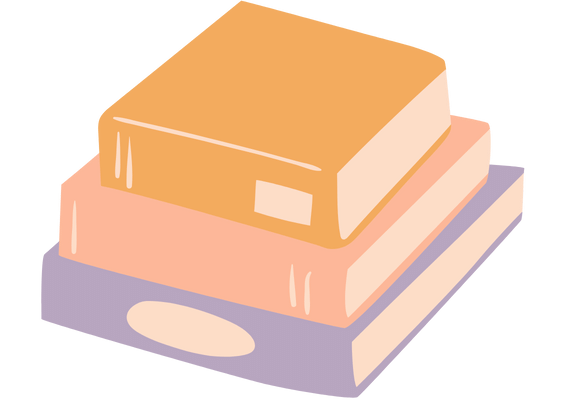Film Review: 12 Monkeys
Recast as a Hollywood savage with Terry Gilliam and the 12 Monkeys – breaking only enough rules to give off a superficial glaze, Chris Marker’s La Jetee proves that it is all real. Although it’s more aesthetically revolutionary than any film this side, Hiroshima, Mon Amour three year earlier, La Jetee is the real deal. It was released at the most radical time in cinema history, so La Jetee “as (blank), as any film since(blank).” doesn’t really work here. Marker’s short-film, “La Jetee”, is a tribute to the cohesive illusion and passive nature of time. This unalienable fact can be perceived by all equally and repeated by scores of films.
Films are able to grant themselves safe passage. Films seek to escape from time. They ask us for our help. The film features 12 Monkeys. Gilliam imagines time travel as a potentially frightening whim that his film can engage with as a conditioning device. This is why time travel in La Jetee, though, is not a choice. Instead, it is something to be offered to a film willingly. La Jetee believes that the past is not only an integral part of all films – they are simulacra, or representations of the world that was once filmed and represented – but also the core of cinema. 12 Monkeys, a science fiction film, has a narrative that is technical mumbo-jumbo. La Jetee is an adventure into the center of cinema, the deepest, most darkest place. Marker’s film isn’t about time. Time, the tangible-intangible currency and medium of films, surrounds Marker’s film. Marker just demands that it be confronted.
La Jetee’s Lost World is not a specific historical past but a flow of time. La Jetee’s film is a death march that involves still images. Each image is recast or modified in half the presence of live time. This defies the urge to cast a complete mannequin history. La Jetee seems to be observing objective time at 24 frames per second. The film’s tendency to boldly travel through time and rekindle past memories is not something that the filmmakers choose to do, but it is a feature of the medium. Every movie reintroduces us to the past because they are a copy from the world in which they were made. Andre Bazin’s eloquent statement that still images embalm time, casting a period of the past inside a death-mask, was perfectly exemplified by Marker’s film. Marker refuses to allow any moment to fully freeze. We view moments as partialities. After a few seconds, we see another image. This creates a liminal, or unstructured, time. It allows us to look at each image for as long as we like in the hope of understanding its secrets, much like a photo or painting. La Jetee’s cataclysmic power is still more evident. It infects each image by inflicting it with its own brittleness. Each moment is given to us for a time, long enough for it to solidify, but then it’s swept away before it can become more than a blur.
Gilliam’s movie is, by contrast, a narrative that focuses on crystallization. Its organizing principle consists of a linear trajectory that goes from absence and presence, from the darkest to most tangible reality. Its fundamental impulse is to “get to the bottom” of past events by corporizing them as history. 12 Monkeys, just like nearly all films withhold information, uses absence to show presence. To play with us, it withholds information and then takes credit for the unobstructed disclosure. The film visualizes past, present, and future as essentially neutral, interchangeable territories imminently accessible to the viewer; or rather, the film sees each as a continual presence, a state of being of the present, not subject to age and wither.Comparatively, obstruction, in La Jetee, is not something to initiate but something immanent; film is always obstructed from access the proverbial “whole” of an event. Marker’s film tells a story in still images. But it is also a philosophy about time and an exploration of time that can’t be reclaimed. Gilliam’s idea is to relax us with the narrative thrust. He wants to create a pathway from longing for something to happen to him to be able to see it. Marker’s mission is to open up an area of ambiguity where perception and form reign over discovery and fact. The film is seen as a narrative, which makes it seem trivial. Marker asks not about what narrative he is capable of creating, but how time constructs itself in his mind’s eyes. He also questions why film, as a medium for sculpting the mind, so much demands an accessible past and narrative. So what are the conditions for narrative? Gilliam’s film doesn’t reduce or water down Marker’s vision, but it is its diametric counterpart, if you are generous. Or a misreading, otherwise. Twelve Monkeys is able to access personal consciousness by destroying it. The film is able to remove the layers of memory and create a concrete history.
Contrarily, La Jetee is unable to escape consciousness. Whatever happens with Bruce Willis’ protagonist from Twelve Monkeys (Gilliam’s film), La Jetee cannot escape consciousness, cannot elude its own subjectivity and its own provocative failure to render a harmony of sound and image for us. La Jetee’s memory is difficult to reclaim or integrate into our usual understanding of time. La Jetee can be described as a transformative, dialectical space. La Jetee features a complex interlaying of first and second person memories. This implies that many of these image-memories are mental projections of the protagonist, who places his memories into a pseudo-objective 3rd-person. The film is semi-motional in that it reduces the length of the shots. It reminds us of memory as a marker of the mind’s brutal attempt to recall what it cannot. This is a sort of courage that Twelve Monkeys would never have the nerve to show.
